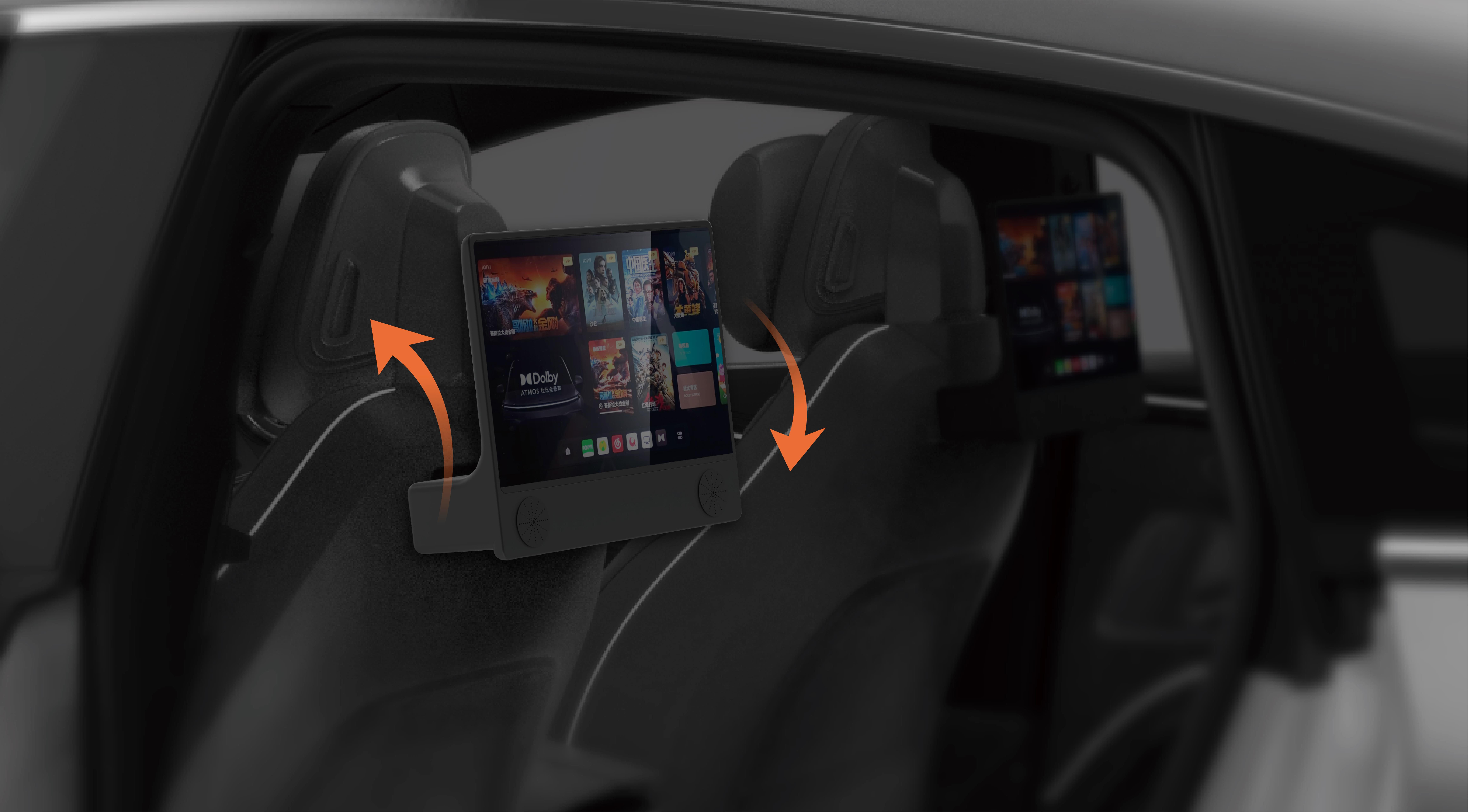Imagine digging into the tech world and hearing the words "microservices" and "API" tossed around, often together but rarely understood as separate. It’s almost like two siblings who look alike but have totally different personalities. Microservices and APIs, they’re related but serve different purposes—kind of like how a chef and a sous-chef are vital in the kitchen, but each has their own role.

Let’s start with APIs. Think of them as the strict but friendly gatekeepers. They’re like the menu in a restaurant, telling you what you can order and how to order it. They allow different software components to "talk" to each other without needing to understand the inner workings. For example, when you open up a weather app, that app uses APIs to fetch your forecast from a remote server. APIs are the handshake, the common language that keeps digital services communicating smoothly. They’re usually quite simple, a set of rules and protocols that make integration a breeze.
Now, microservices are a whole different beast. Imagine a giant puzzle, each piece representing a tiny, independent program responsible for a specific task. Instead of a monolithic application, you get little islands of functionality, each with its own codebase, database, and deployment cycle. This setup boosts flexibility, scalability, and failure resistance.
What’s the difference, really? Good question. APIs are the bridges—ways to connect and exchange info—while microservices are the entire structure of a system built on many tiny, self-sufficient parts. Microservices often use APIs as their communication channels, but they aren’t interchangeable. One’s a tool, the other’s an architecture.
When deciding which to focus on, picture your needs. Do you want a single, straightforward system that’s easy to manage? Maybe APIs are enough. But if you’re aiming for a system that can grow, adapt quickly, or handle complex, varied tasks, microservices might be your thing. They turn a monolith into a set of manageable pieces.
Here’s a little secret: Microservices thrive because of those APIs. Without APIs, microservices wouldn’t be able to coordinate, like a team of tiny robots needing a common language to work together. But APIs alone aren’t enough to create a free-floating ecosystem. They’re part of the picture, not the complete picture.
So, why does all this matter? Because understanding these concepts lets you craft smarter solutions. Imagine building a platform that can add new features without shutting everything down, or a system where updates happen smoothly—a bit like replacing a lightbulb without turning off the entire power grid. That’s what microservices plus APIs can do.
In the end, grasping the difference is about seeing the bigger picture and knowing how each piece fits. Whether you’re streamlining existing projects or laying out fresh architecture, it’s about knowing when to connect via an API and when to split systems into microservices. It’s a dance—let their roles guide your steps, and you'll build something that’s not just good, but resilient and ready to take on the future.
Established in 2005, Kpower has been dedicated to a professional compact motion unit manufacturer, headquartered in Dongguan, Guangdong Province, China. Leveraging innovations in modular drive technology, Kpower integrates high-performance motors, precision reducers, and multi-protocol control systems to provide efficient and customized smart drive system solutions. Kpower has delivered professional drive system solutions to over 500 enterprise clients globally with products covering various fields such as Smart Home Systems, Automatic Electronics, Robotics, Precision Agriculture, Drones, and Industrial Automation.




































